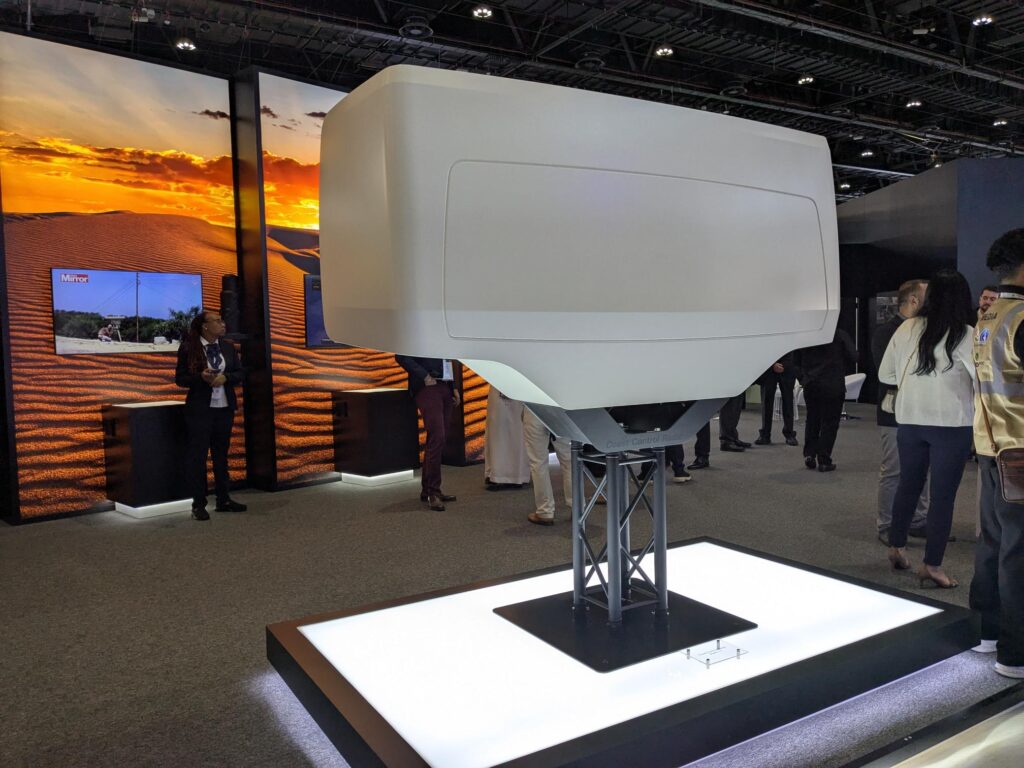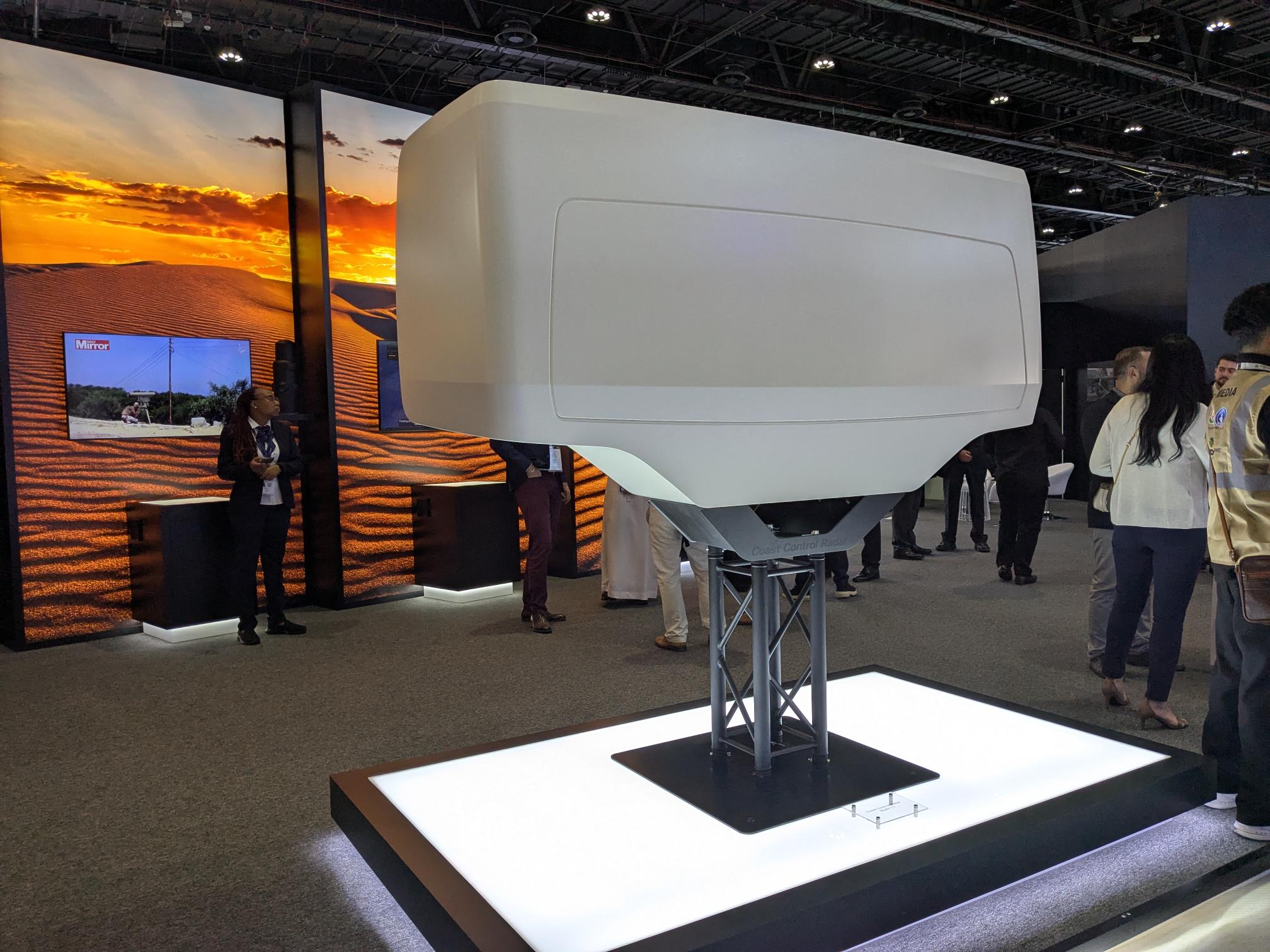Saab unveiled its new Coast Control Radar at the IDEX 2025 defence exhibition, held in Abu Dhabi from 17-21 February.
Featuring a non-rotating active electronically scanned array (AESA) that covers 120%, the Coast Control Radar is designed for surface surveillance from the shore but without the high installation and maintenance costs of a traditional rotating radar. Its modular design allows three arrays to be mounted together to cover a full 360%, while the system’s modules can be easily replaced on site to retain a high availability rate, although the system’s very low mean time between failures means it can typically offer several years of continuous operation.
As a software-defined radar, the system can also be easily upgraded.
In keeping with Saab’s global expansion strategy, the Coast Control Radar has been wholly developed and produced by Saab Ltd, Saab’s subsidiary in the United Arab Emirates, at its research and development facility in Tawazun Industrial Park, Abu Dhabi.
Myrin Naidoo, head of systems engineering for Saab Ltd, told ESD at IDEX 2025 that the Coast Control Radar, which is 2.3 m wide and 1 m high, weighs just 200 kg and thus be easily mounted on buildings or bridges.
The system has a range of up to 140 km and can track several targets simultaneously with a very low (typically 10-5) false alarm rate, even in cluttered conditions. The system’s high resolution, Naidoo noted, allows it to track both small targets with a low radar cross-section (down to 1 m2) as well as to differentiate between larger objects, such as tankers and tugboats, moving close together.
Naidoo said the system has been tested in both the hot and humid conditions of the Middle East and also in the windy and rainy conditions of northern Europe. Having undergone functional testing and qualification, the Coast Control Radar will thus be able to go into production in 2025, Naidoo added.




